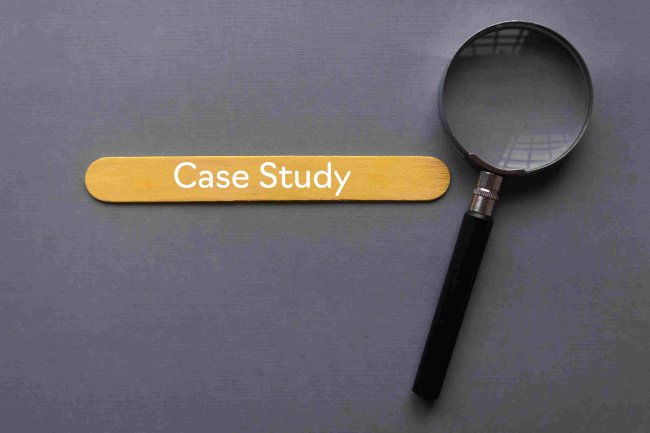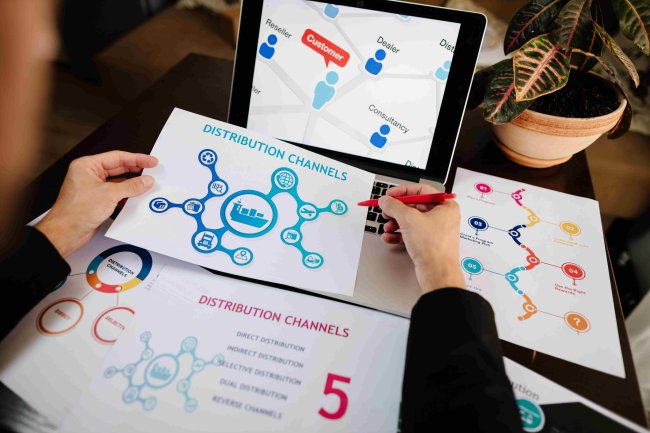Unlocking Potential: How to Use Progressive Lead Scoring to Prioritize Leads in Complex Sales Cycles
Discover how to implement progressive lead scoring to prioritize leads in complex sales cycles. Learn best practices and explore a real-life case study to enhance your sales strategies.

In the ever-evolving landscape of digital marketing, the complexity of sales cycles continues to increase, presenting unique challenges for marketers and sales teams. Progressive lead scoring is a game-changing approach that allows businesses to navigate this complexity by effectively prioritizing leads based on their behaviors and interactions. This strategy not only enhances the efficiency of sales efforts but also maximizes the potential for conversion.
Understanding Progressive Lead Scoring
Progressive lead scoring builds upon traditional lead scoring methods by incorporating a more nuanced understanding of how leads interact with your brand. Instead of assigning a static score based on initial criteria, progressive lead scoring evolves over time, taking into account a lead's ongoing engagement with your content and brand. This dynamic approach provides a more accurate reflection of a lead's interest and intent, ultimately leading to better decision-making for sales teams.
The Importance of Data
At the core of progressive lead scoring is data. By leveraging data analytics, marketers can gain valuable insights into lead behaviors, allowing them to identify patterns and trends that indicate readiness to purchase. This involves tracking various metrics, such as website visits, content downloads, email opens, and social media interactions. Each of these actions contributes to a lead's overall score, helping you prioritize your outreach efforts.
Case Study: Implementing Progressive Lead Scoring
In my experience as a digital marketing and technology professional, I had the opportunity to implement progressive lead scoring at a tech startup. Our sales cycle was notoriously complex, with multiple stakeholders involved in the purchasing decision. We recognized that a one-size-fits-all approach to lead scoring was not effective in such a dynamic environment.
We began by establishing baseline scoring criteria based on demographic information and initial engagement metrics. However, we quickly realized that this static approach failed to capture the evolving nature of our leads' interests. To address this, we integrated progressive lead scoring into our strategy.
We started tracking specific actions taken by leads over time, such as attending webinars, engaging with targeted content, and participating in follow-up surveys. As leads demonstrated increasing engagement, their scores would incrementally rise, indicating a greater likelihood of conversion. This allowed our sales team to focus their efforts on high-scoring leads, ultimately increasing our conversion rates by 30% within six months.
Best Practices for Implementing Progressive Lead Scoring
-
Define Clear Scoring Criteria: Start by outlining the behaviors and characteristics that matter most to your business. This could include actions like downloading resources, attending events, or requesting demos.
-
Leverage Marketing Automation Tools: Use marketing automation platforms like Marketo to streamline the scoring process. These tools can help you track and analyze lead interactions, making it easier to update scores in real time.
-
Regularly Review and Adjust Scores: Progressive lead scoring is not a set-it-and-forget-it approach. Regularly assess the scoring criteria based on performance data and market changes to ensure it remains relevant.
-
Align Marketing and Sales Teams: Ensure both teams are on the same page regarding lead scoring definitions and priorities. Regular communication fosters collaboration and improves the overall efficiency of your sales efforts.
-
Monitor Lead Progression: Keep track of how leads progress through the sales funnel. Understanding where they drop off can help you refine your approach and address potential barriers.
Conclusion
Mastering progressive lead scoring can revolutionize the way businesses prioritize leads in complex sales cycles. By harnessing the power of data and continuously refining your scoring criteria, you can empower your sales team to focus on leads that are most likely to convert. This strategic approach not only enhances the efficiency of your sales efforts but also fosters a more meaningful connection with potential customers.
As you embark on this journey, remember that each lead represents an opportunity to learn and adapt your marketing strategies. The insights gained through progressive lead scoring will ultimately help you unlock the full potential of your marketing efforts.
About Me
I am Raghav Chugh, a seasoned digital marketing and technology professional with a passion for leveraging data to drive business success. With three Marketo Certified Expert (MCE) certifications and extensive experience in lead lifecycle design, marketing activities, and database management, I am well-equipped to guide you on your journey to mastering Marketo's Revenue Cycle Analytics. Connect with me on LinkedIn for more insights into the world of digital marketing and technology.
About SMRTMR.com
At SMRTMR.com (Strategic Marketing Reach Through Marketing Robotics), we are dedicated to providing valuable information and resources to readers across the globe. Our articles, like this one, aim to empower individuals and businesses with the knowledge they need to succeed in the ever-evolving digital landscape.
Raghav Chugh, the founder of SMRTMR.com, brings his expertise in digital marketing and technology to each article. With a commitment to delivering high-quality, actionable content, SMRTMR.com has become a trusted source for professionals seeking to stay ahead in the world of digital marketing.
What's Your Reaction?




















